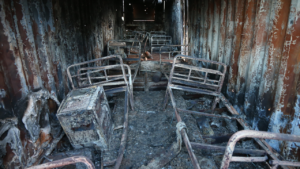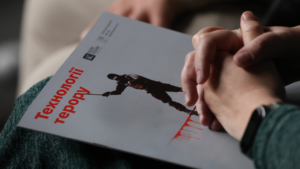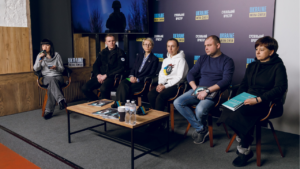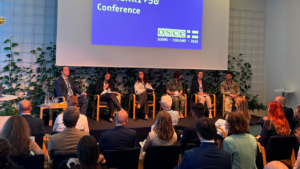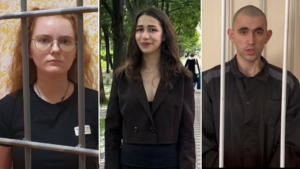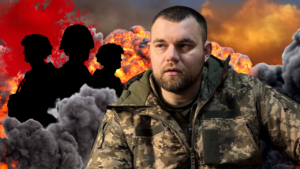Putin Follows Stalin’s Lead: How Russia Uses Soviet Methods to Destroy Ukrainians

Electric torture, forced memorization of the Russian anthem, and “terrorism” sentences for Ukrainian prisoners of war — these are not just war crimes, but part of Russia’s systematic persecution of Ukrainians. The Media Initiative for Human Rights (MIHR) has presented an analytical report titled “The Erasure of Ukrainian Identity as State Policy of the USSR and Russia.” The research confirms that the FSB and other Russian security agencies continue to use the same repressive methods the Soviet regime applied to Ukrainians over 70 years.
The report’s conclusions are based on a comparative analysis of more than 20 Soviet-era archival documents and over 20 modern testimonies from Ukrainian POWs and civilians who have endured Russian imprisonment.
“The Soviet Union — and now Russia — has never recognized Ukrainians as a distinct people,” says Vladyslav Havrylov, MIHR analyst and one of the report’s authors. “Instead, they have invested massive resources in destroying us — our agency and our national identity. The irony is that Russians claim Ukrainians don’t exist. But then how can you destroy something you say doesn’t exist?”
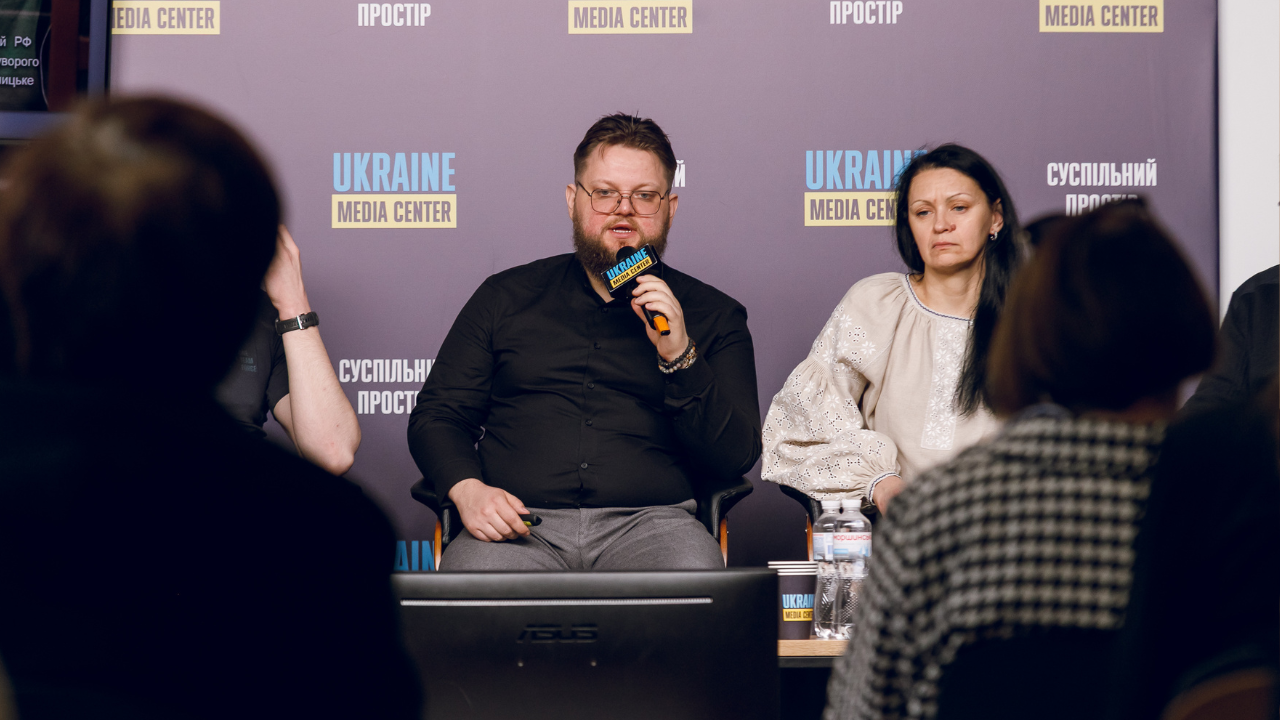
ladyslav Havrylov, MIHR analyst and one of the report’s authors. Photo: Media Center Ukraine
According to Havrylov, then as now, Russia targets those capable of leading Ukrainian resistance — intellectuals, scholars, cultural figures, and military personnel. Those who aren’t killed are subjected to forced Russification. This is confirmed by Azov fighter Dmytro Kanuper, a former POW sentenced by Russia to 29 years in prison:
“At the Taganrog detention center, we were forced to listen to Russian music daily from 6 a.m. to 10 p.m. — military marches, the Soviet anthem, songs with lyrics like ‘kill the Khokhols’. Every POW had to memorize them. If someone forgot the lyrics, they were beaten. They also offered Russian citizenship and tried to recruit us into Wagner. They pushed hard, promising it would speed up the exchange process.”
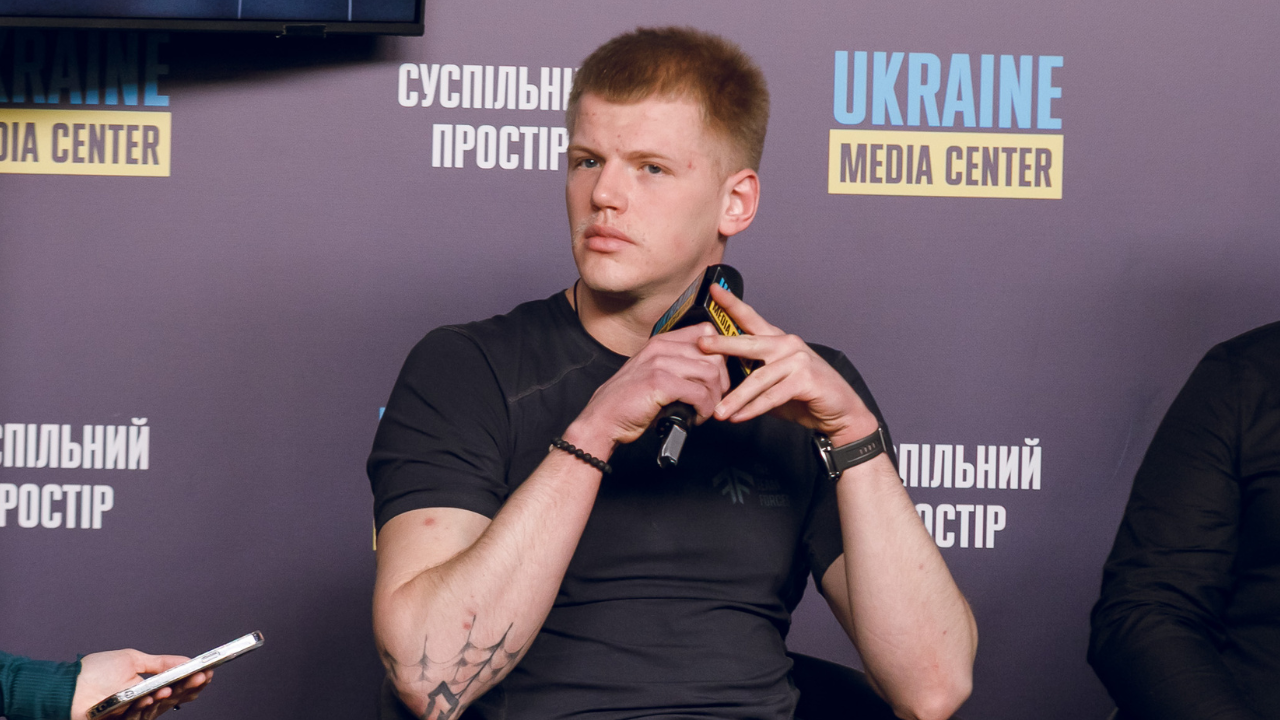
Dmytro Kanuper, a former prisoner of war sentenced by Russia to 29 years in prison. Photo: Media Center Ukraine
The newly released report shows a century-long continuity of Soviet repressive practices, proving that ideological “re-education” of Ukrainian captives is a systemic policy of the aggressor. Russia uses both psychological and physical torture to that end.
“There is not a single POW who hasn’t seen the Russian national anthem posted on the cell wall,” says Tetiana Katrychenko, MIHR’s executive director. “And not one who wasn’t forced to learn it. Many are beaten just for speaking Ukrainian.”
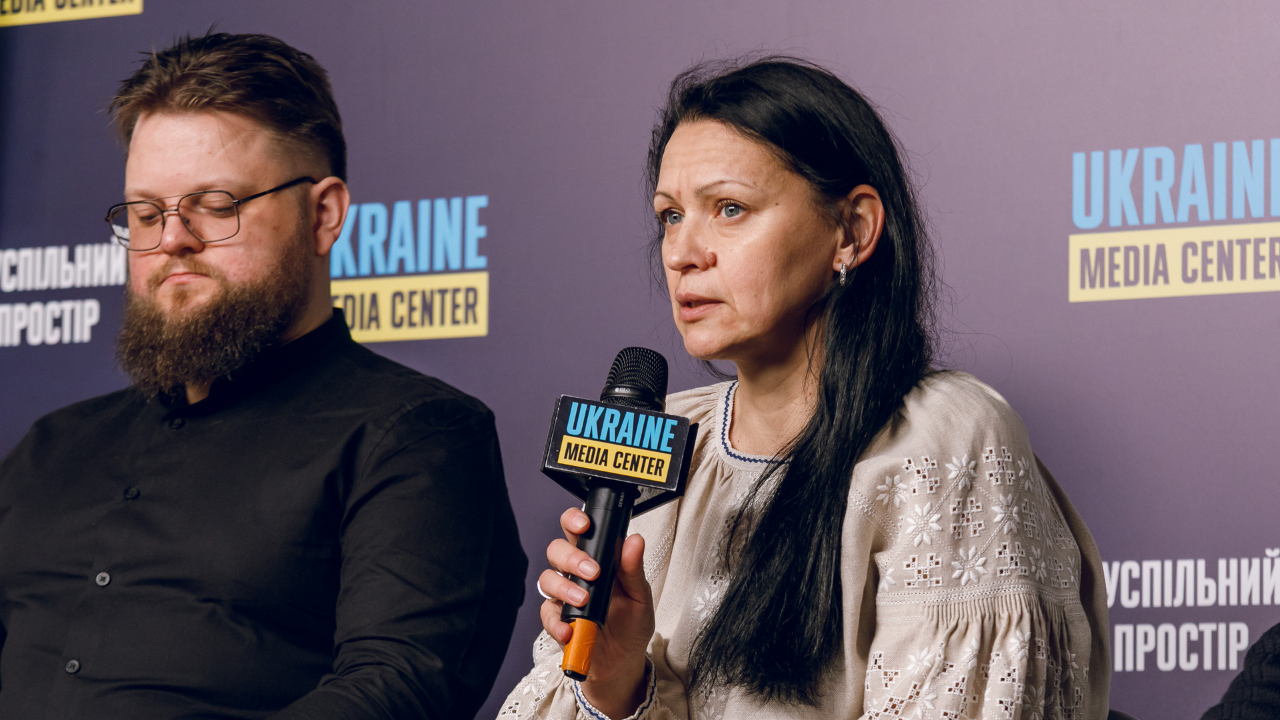
Tetiana Katrychenko, MIHR’s executive director. Photo: Media Center Ukraine
Testimonies from today’s war prisoners echo Soviet-era documents from the NKVD and KGB, examined by MIHR during the report’s preparation. Just like in the USSR, modern Ukrainian captives are forced to renounce their native language and accept the idea that Ukraine is part of the “greater Russian/Soviet people.”
“What did the Russian Empire do? It said: ‘There are no Ukrainians.’ What did the Soviet Union say? ‘There is only the Soviet person.’ What does the Russian Federation say? ‘Ukrainians are just Russians.’ Their primary goal is not just territorial occupation, but the imposition of an ideology that destroys Ukrainian identity,” emphasizes Roman Podkur, senior research fellow at the Institute of Ukrainian History at the National Academy of Sciences of Ukraine. “They torture our people not just for cruelty’s sake — but as a tool to break them. What they want is submission.”
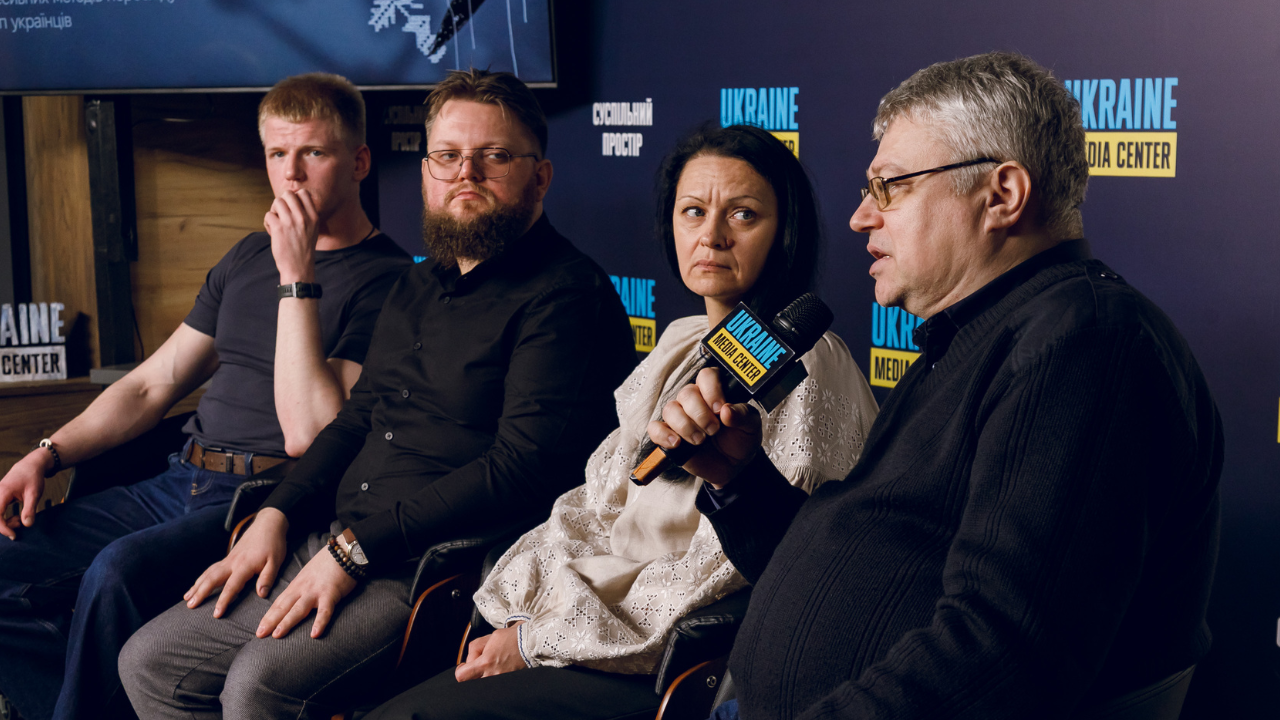
Roman Podkur, senior research fellow at the Institute of Ukrainian History at the National Academy of Sciences of Ukraine. Photo: Media Center Ukraine
The report’s authors call on the international community to respond firmly to Russia’s systematic violations of the rights of Ukrainian POWs and civilians. The evidence collected will be used to hold perpetrators accountable.
Read the full report “The Erasure of Ukrainian Identity as State Policy of the USSR and Russia” at this link.
This publication was compiled with the support of the International Renaissance Foundation. It’s content is the exclusive responsibility of the authors and does not necessarily reflect the views of the International Renaissance Foundation.



